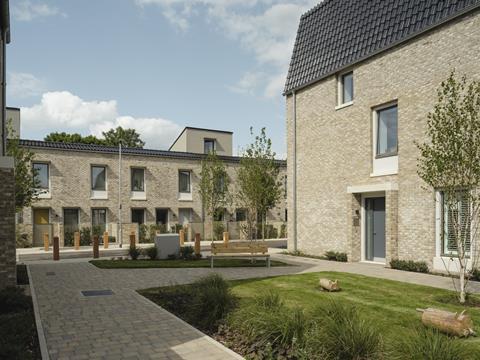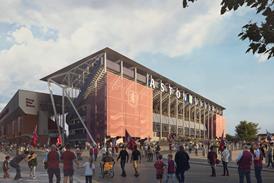RIBA’s report outlines how local councils can leverage public land to address the UK’s housing shortage, reinvesting profits into further development

The RIBA has released a new report, Foundations for the Future, outlining a model to address the UK’s social housing crisis through public land use and reinvestment of profits. With over 1.3 million households currently on local authority waiting lists, the highest number since 2014, the report calls for immediate changes to address both the shortage of affordable homes and the escalating costs of temporary accommodation.
The RIBA proposes building new homes on publicly owned land, which would either eliminate or significantly reduce the cost of land, leaving only construction expenses. By developing mixed-tenure estates, where a proportion of homes are sold on the open market, the revenue from these sales would then be reinvested into further housing developments. RIBA’s analysis shows that such a model could become “almost self-sustaining,” eventually reducing reliance on central government funding.
Between April 2022 and March 2023, local authorities spent £1.24 billion on reducing homelessness, including temporary accommodation. RIBA argues that this sum could alternatively be invested to fund over 20,000 new homes, with a social return on investment (SROI) of £2.23 for every £1 spent. The report also highlights that over the last decade, the average delivery of new homes has fallen 28% below government targets, exacerbating the housing crisis.

RIBA chair, Jack Pringle, said: “For most people experiencing housing insecurity, social housing is the only route to an affordable, secure home. The need for social housing is greater than ever, and public sector provision is the only way to build it at the scale required.
“This model shows how resources can be allocated to help to create a new generation of social homes while minimising other costs, but it’s just one piece of the puzzle. By demonstrating a different approach to housing delivery, we hope to encourage new ways of thinking, either by building on our model or through complementary initiatives.
“Of course, new homes must be accompanied by the necessary amenities and infrastructure such as schools and public transport to create well-designed places that stand the test of time. To meet the Government’s target of 1.5 million new homes by 2029, we need to think differently – and act now. As architects, we stand ready to tackle this challenge head on; to design and build the next generation of quality homes surrounded by vibrant communities that stand the test of time.”
With the proposed model, RIBA hopes to trigger a shift in housing policy that moves beyond reactive solutions to homelessness and towards sustainable, long-term housing strategies. By advocating for public sector-driven housing development, the report aims to position social housing as central to the UK’s broader urban regeneration efforts.
















No comments yet